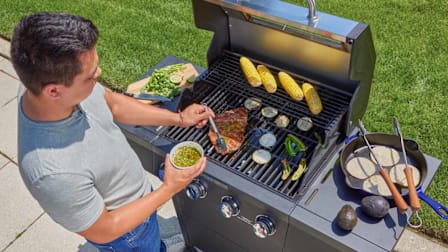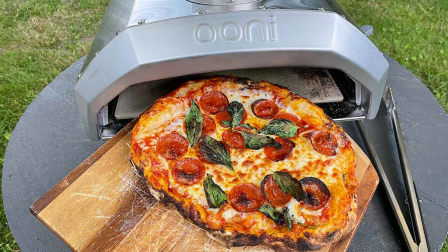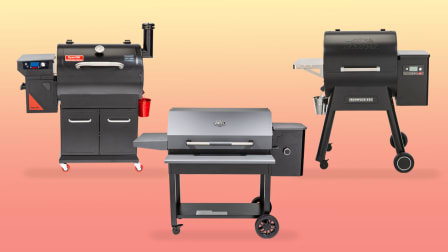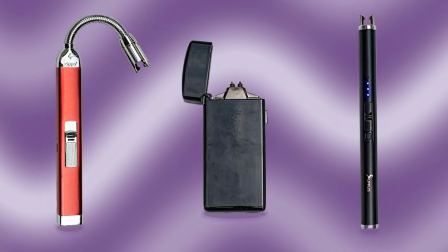Is Your Gas Grill Built to Last?
CR introduces a structural-integrity test to help you avoid getting burned by a model that falls apart after one season
When you shop through retailer links on our site, we may earn affiliate commissions. 100% of the fees we collect are used to support our nonprofit mission. Learn more.

Gas grills take a beating. But how do you know whether a model will stand the test of time or fall apart after a few seasons? In our test labs, Consumer Reports' engineers observed what appeared to be significant differences in the construction quality of the grills. And poor construction quality is certainly something we’ve heard about from our readers.
“We’d see cheap, flimsy grills rise to the top of our ratings because they did well in our temperature tests,” says Cindy Fisher, who tests gas grills for CR. "We wanted our ratings to reflect apparent differences in sturdiness."
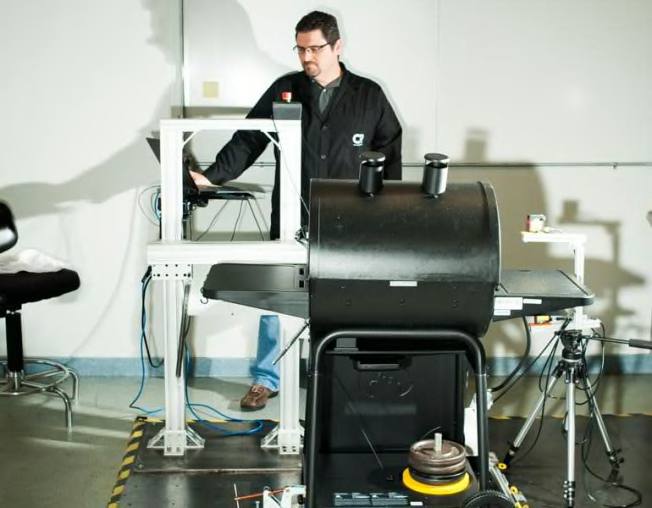
tk tk
How We Test for Sturdiness
CR's test engineers clamp each grill to a structural steel plate, prop open the lid to negate any strengthening benefit of it being closed, and connect something called a linear actuator to the lid's handle. The actuator travels along a stationary track applying a lateral force to the lid while lasers measure deflection down to the hundredth of an inch.
This captures the degree to which the metal frame flexes or bows under the type of stress a grill might encounter when you move it over time. The best grills barely budge, while the worst suffer permanent damage to the frame during the course of our test.
A Shakeup in Our Ratings
The new structural-integrity test raises the bar for gas grills in our ratings. It also means you’ll see changes in our rankings effective immediately. Here are some of the most notable ones:
• The Weber Genesis II LX S-340, $1,299, is the new top-rated midsized grill, taking the spot from the longstanding champ, the Kenmore 6256595[PG-4030800LS] (K-Mart), $400.
• The Kenmore 16156, $630, previously in the No. 2 spot, dropped to No. 5 after being edged out by sturdier large grills from Weber and Broil-King.
• The previously top-rated Huntington 630124, $140, slipped to No. 4 overall in small grills.
Looking for Longevity
Strength and sturdiness out of the box are different from how a grill will weather the seasons on your deck. We recommend that you follow this maintenance schedule, and, for those who live in colder climates, move your grill into the garage or shed for the winter.
But some exposure to the elements is unavoidable, even if you protect your grill with a vented cover between uses during grilling season, as we recommend. For this reason, we’ve also launched a testing program of various grill materials, including stainless steel in all the various gauges used in grill construction. The goal? To provide hard evidence on what to make of different materials when you shop for your next grill.
That data, combined with our demanding testing for cooking performance, will help you find a grill that will weather the worst of whatever’s in your backyard—and cook up a storm, too.
From the 'Consumer 101' TV Show
Sturdy construction, even heating, flare-up reduction—Consumer Reports' experts explain to 'Consumer 101' TV show host, Jack Rico, what to look for when buying a gas grill.





























